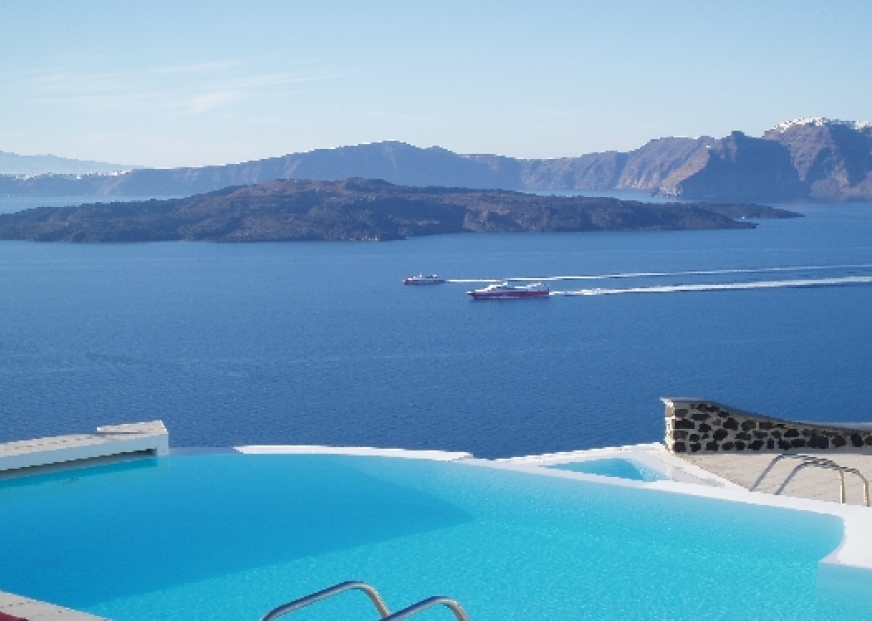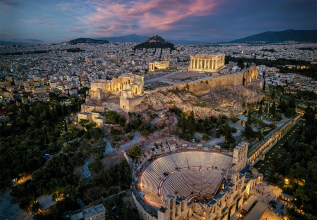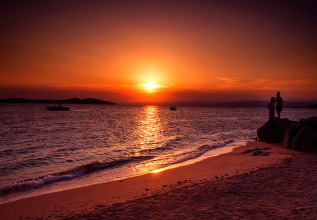2 MIN
TRAVEL TIPS
Santorini: An island or a volcano?


The volcanic activity within the last two million years formed and continues to form until today the morphology of the island. Santorini is a worldwide geosite with great scientific and tourist interest. The time evolution of the volcano can be divided into Pre Minoan and Post Minoan phase. The total eruptions of the Pre Minoan phase formed a conical island called by the ancient Greeks Strogili. Strogili flourished during the Bronze Age as evidenced by the ancient settlement of Akrotiri on the southern coast of the island. The Minoan eruption (1614 BC) differentiates the landscape by breaking Strogili into the islands of Santorini, Thirassia and Aspronisi. In the central part was created a large caldera. The violent eruption of the time resulted in the abandonment of the settlements of the island while earthquakes and tsunamis influenced even Knossos in Crete. Further eruptions followed in historical times with lava flows and volcanic material extrusion that formed the islands Palea Kameni and Nea Kameni in the center of the caldera. The last eruption occurred only 60 years ago resulting in the expansion of Nea Kameni.
In modern history, the inhabitants of Oia and Fira dug into the walls of the caldera creating the impressive cave houses. The soil composition of the island, influenced by the volcanic materials, was crucial for creating one of the oldest vineyards in the world which offers up to today unique varieties of wines.

The volcanic activity of the island is reflected in the intense relief, the volcanic veins at the walls of the caldera, the colored beaches developed in the inner part of the caldera, the lunar landscapes of Palea Kameni and Nea Kameni and the hot springs behind Palea Kameni where gush steam and sulfur.
www.santorini-travel.gr/en/


